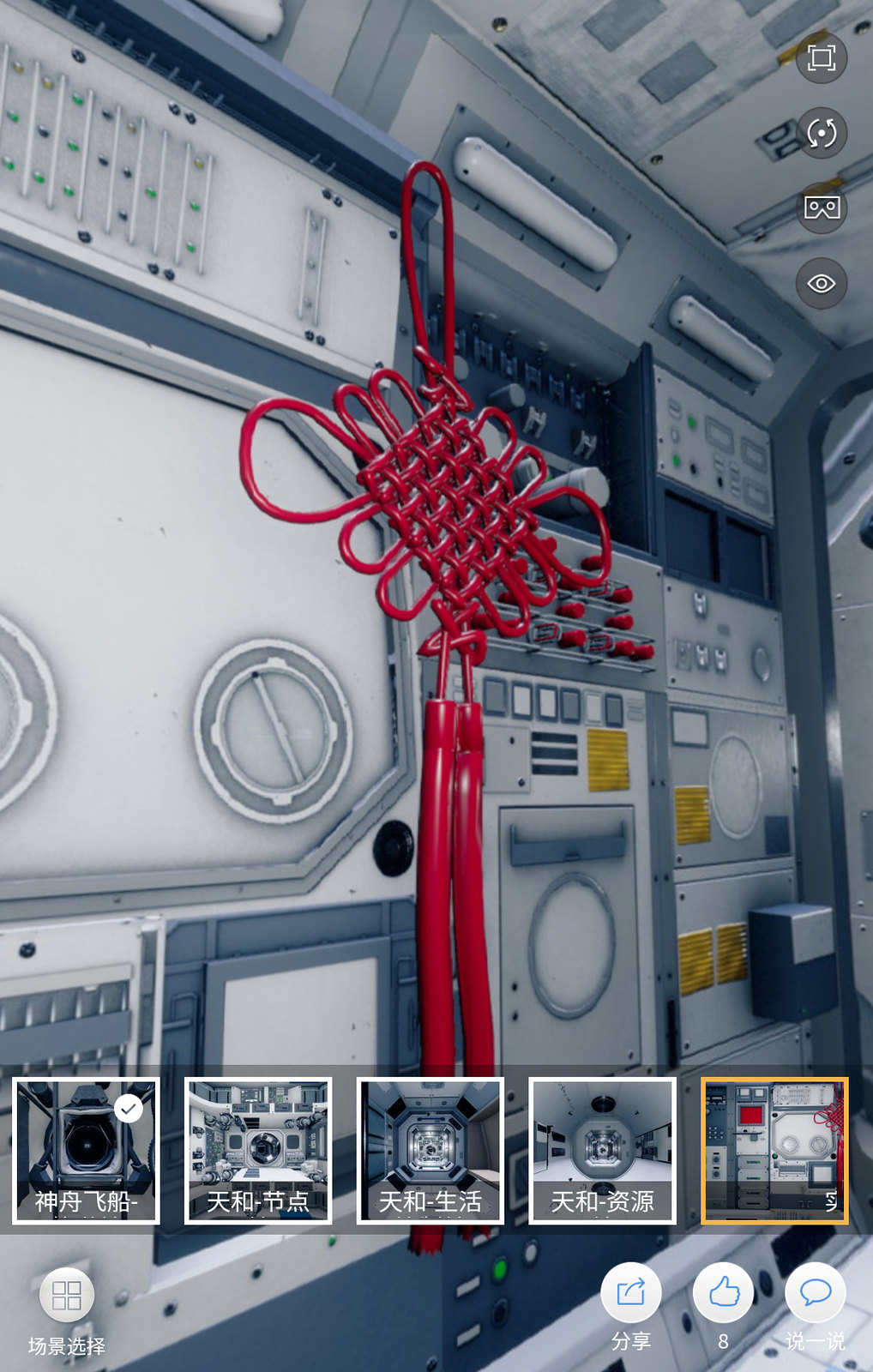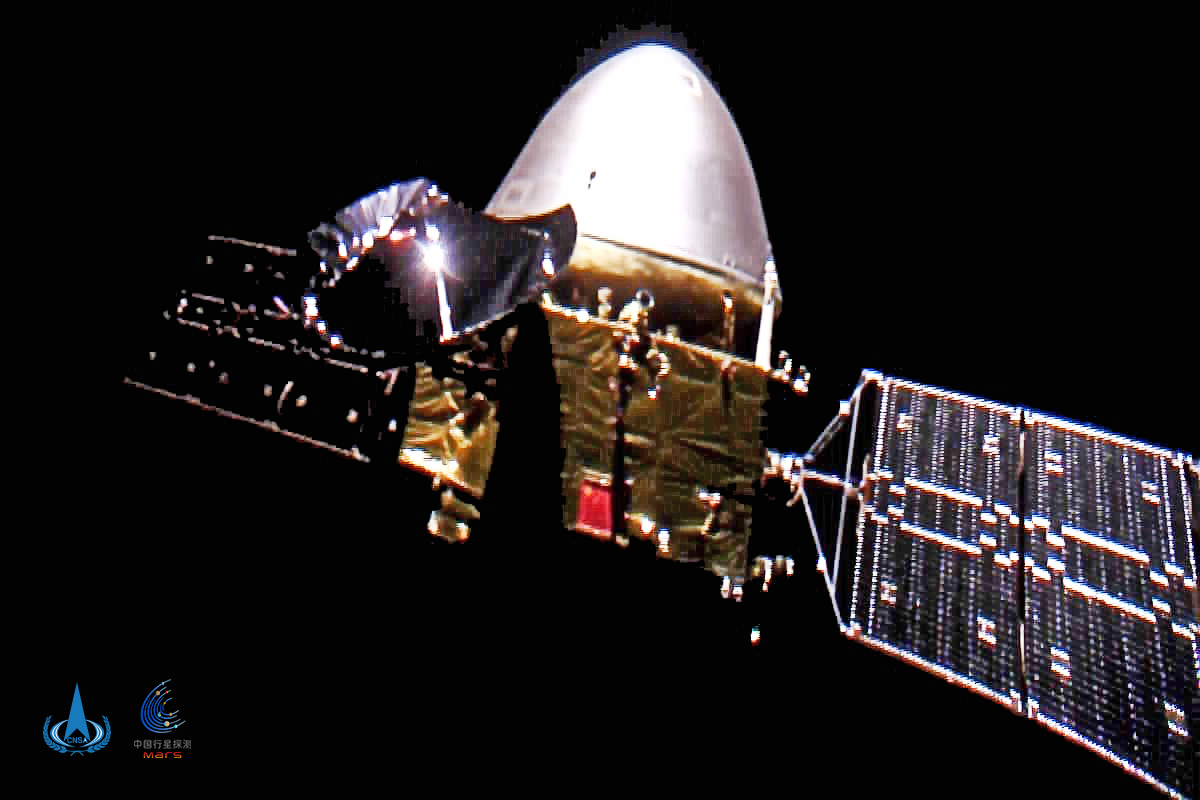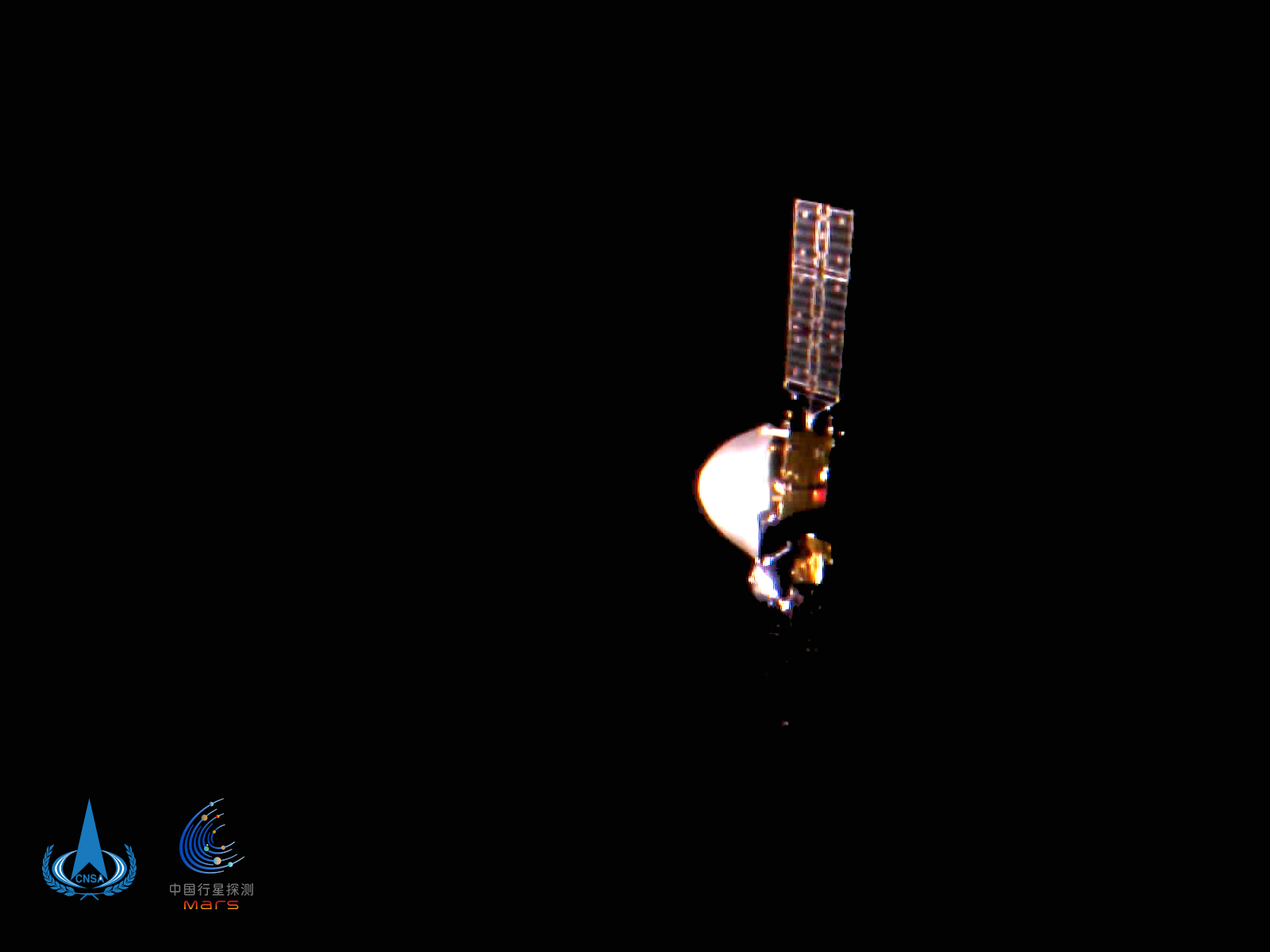Even though certain Chinese RM and SAR satellites may have some useful ability to detect and track aircraft with the appropriate software doing the work, they can't do much to guide missiles towards stealth targets and vectoring in fighters to intercept is next to useless since many radar systems can already give you the general direction if the ranges are close enough. You're still going to be targeted and shot at by the F-22s and F-35s. These just give us a hint on how CBGs can be located and tracked using similar technologies.
You are using an out of date browser. It may not display this or other websites correctly.
You should upgrade or use an alternative browser.
You should upgrade or use an alternative browser.
China's Space Program News Thread
- Thread starter crazyinsane105
- Start date
- Status
- Not open for further replies.
Typical sentimental.
by78
General
Peacock experimental reusable rocket. It was apparently involved in testing new intelligent flight control software. Because my technical Chinese in this area is deficient, I'm not able to competently translate the text below. Our Chinese-speaking members, please help with a translation.
十二所智能飞行控制技术演示验证试验圆满成功】2020年9月27~28日,航天一院十二所完成了非程序制导控制技术飞行演示验证试验,取得圆满成功!本次试验验证了基于分布式感知的力载荷与弹性模态辨识、软硬件协同加速及多核并行的在线轨迹规划、姿态控制稳定裕度在线辨识与自适应控制等一系列关键技术。试验利用自研的重复使用平台——“孔雀”飞行器进行。此次试验是2020年十二所“一组突破”的第一项,提升了非程序制导控制理论与方法的技术成熟度,为全面实现“航天智控1.0”提供了重要支撑。


十二所智能飞行控制技术演示验证试验圆满成功】2020年9月27~28日,航天一院十二所完成了非程序制导控制技术飞行演示验证试验,取得圆满成功!本次试验验证了基于分布式感知的力载荷与弹性模态辨识、软硬件协同加速及多核并行的在线轨迹规划、姿态控制稳定裕度在线辨识与自适应控制等一系列关键技术。试验利用自研的重复使用平台——“孔雀”飞行器进行。此次试验是2020年十二所“一组突破”的第一项,提升了非程序制导控制理论与方法的技术成熟度,为全面实现“航天智控1.0”提供了重要支撑。


The ZK series of rockets.

For people interested in what the numbers represents:
length
Launch weight
payload
rocket diameter
fairing diameter
launch thrust
In short, you have get the essence of the article "intelligent flight control".Peacock experimental reusable rocket. It was apparently involved in testing new intelligent flight control software. Because my technical Chinese in this area is deficient, I'm not able to competently translate the text below. Our Chinese-speaking members, please help with a translation.
十二所智能飞行控制技术演示验证试验圆满成功】2020年9月27~28日,航天一院十二所完成了非程序制导控制技术飞行演示验证试验,取得圆满成功!本次试验验证了基于分布式感知的力载荷与弹性模态辨识、软硬件协同加速及多核并行的在线轨迹规划、姿态控制稳定裕度在线辨识与自适应控制等一系列关键技术。试验利用自研的重复使用平台——“孔雀”飞行器进行。此次试验是2020年十二所“一组突破”的第一项,提升了非程序制导控制理论与方法的技术成熟度,为全面实现“航天智控1.0”提供了重要支撑。
In full, here is the translation (in my best effort)
12th institute of 1st academy has completed a flight demonstration proof of concept "non-programmed guidance and control". The demonstration flight has verified series key technologies:
The demonstration uses self-developed (of course) reusable platform "peacock". This demonstration is the 1st item of "group breakthroughs" by 12th institute in 2020. It has improved the maturity of "non-programmed guidance control" in both theory and methodology. It serves as a important support (milestone, foundation) for fully realization of "Aerospace Intelligent Control 1.0".
- force-load and flexible mode identification based on distributed sensors
- SW and HW coordinated accelerated multi-core parallel real-time route planning
- real-time identification of stability margin of position (orientation) control
- adaptive control
The key point here is "non-programmed guidance and control". The Chinese words is "非程序制导控制". I could only find one doctoral dissertation that used 非程序制导控制 which is translated to "non-programmed guidance and control" in its English summary. The dissertation is about "guidance of boost and glide missile guidance".
Here is what I could gather by reading the paper
In programmed guidance system, the input target coordinate/location and current coordinate/location are used to plot a fixed route. Any deviation of the plot will trigger a minus or plus control command to turn the vehicle back on track. In pseudo code it looks like
if (off course to left by 1 degrees) then
thruster push left by 10 Newton force
It is called "programmed" because for every deviation scenario there is a predetermined adjustment action. A good example is C based language.To be clear, "non-programmed" is still a computer program but not in the traditional sense. Non-programmed control is to set a set of constraints rather that predetermined If-Elses. The constraints are the expected parameters like route point, angel and speed etc, and of course the target location. The control system will work out all sort of control commands in real-time on the fly to make sure the vehicle stay with the constraints leading it to the target.
The key difference is the commands are generated on the fly rather than pre-loaded before the flight. A close example is the computer language Erlang which BTW will drive a new completely nuts.
- Status
- Not open for further replies.







